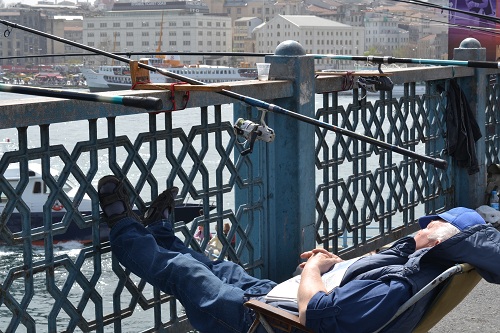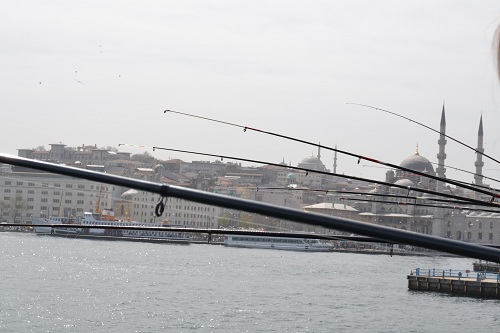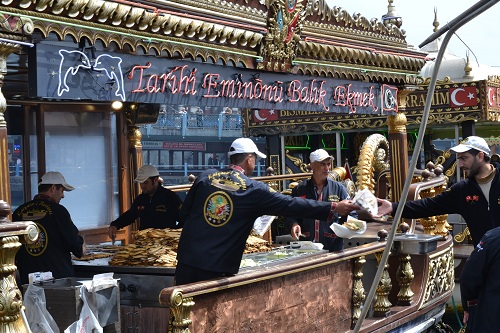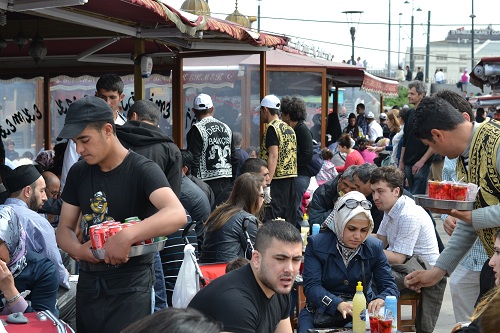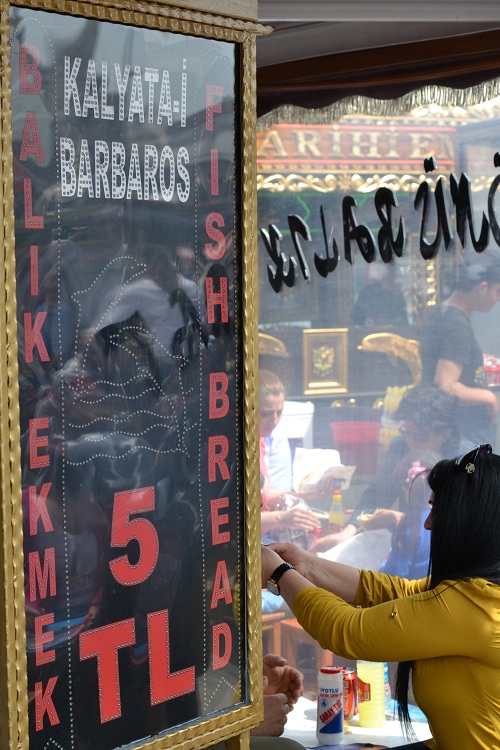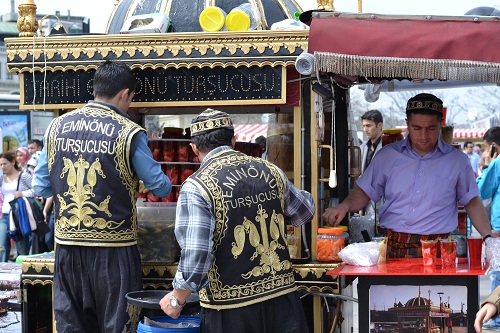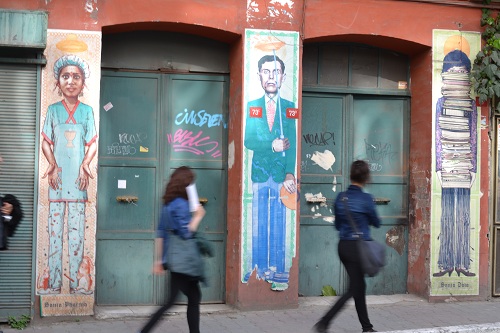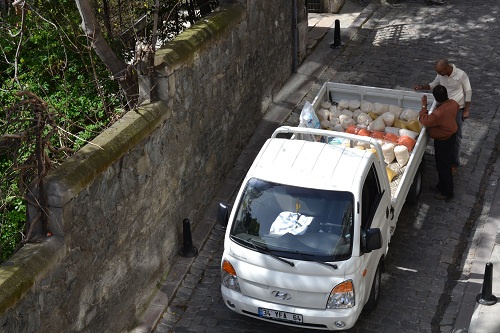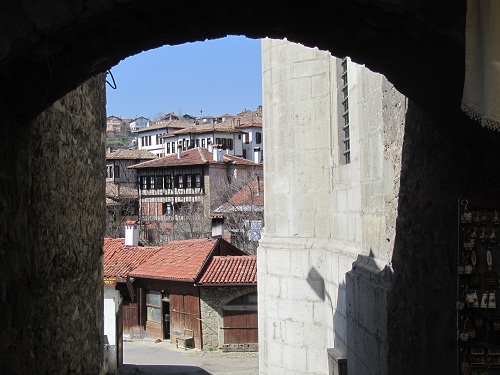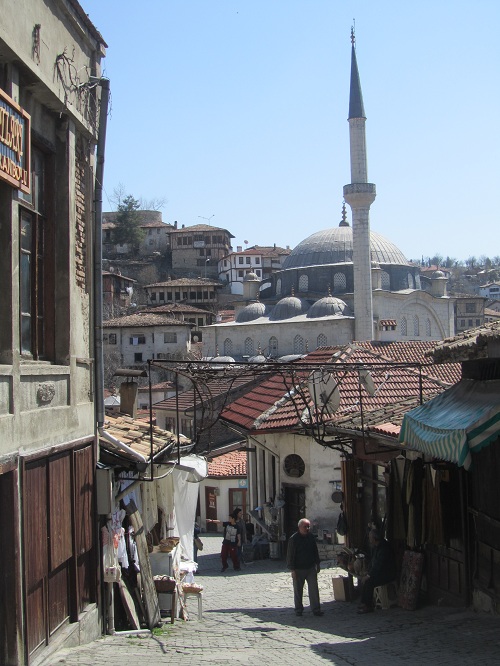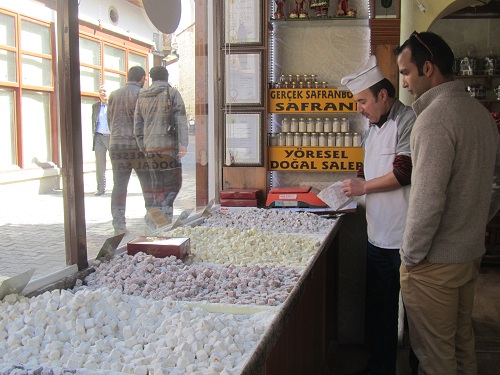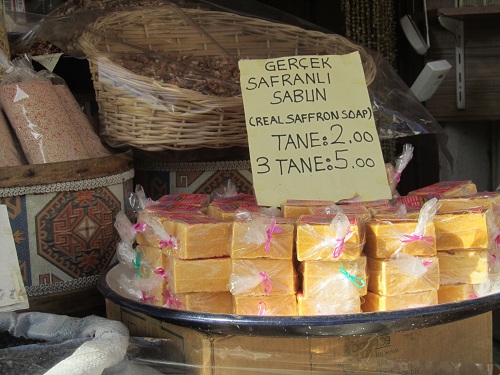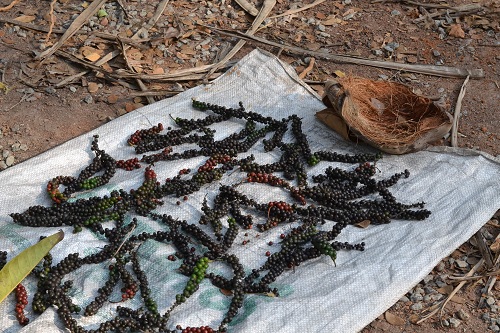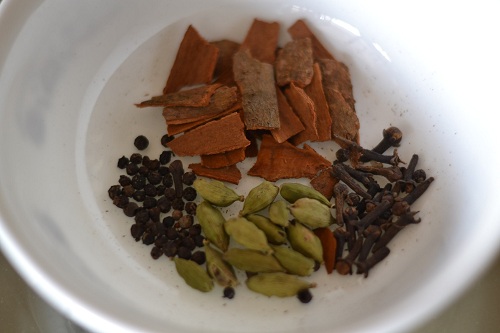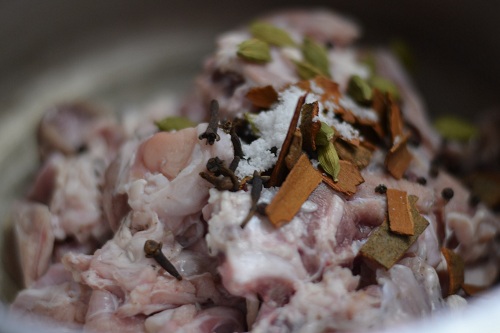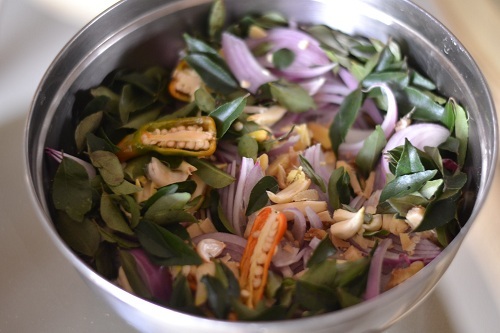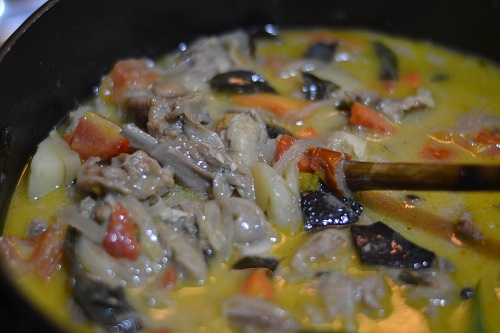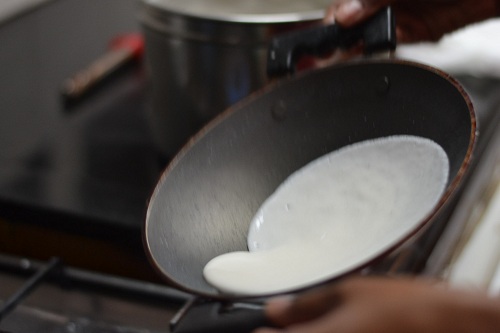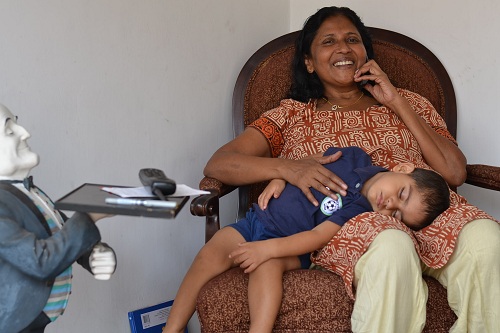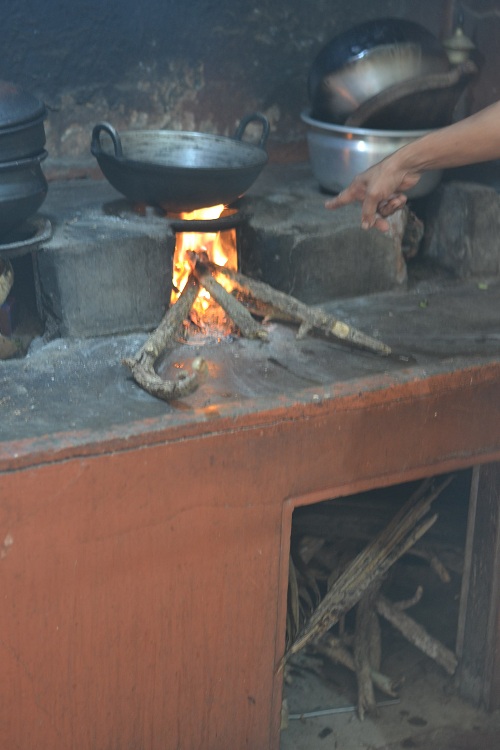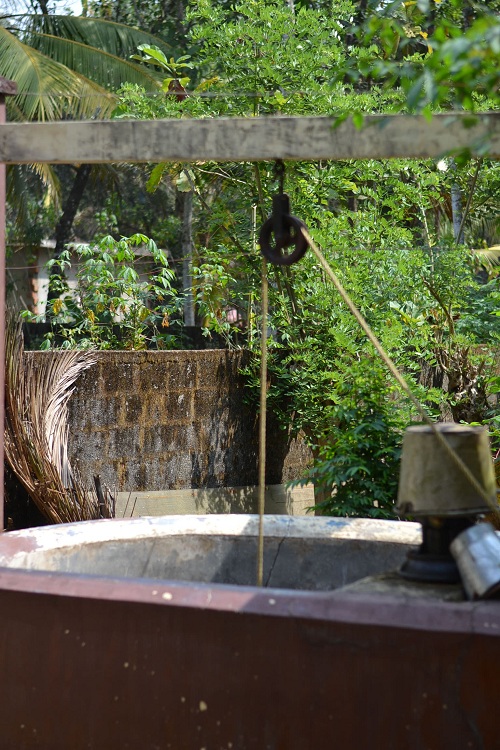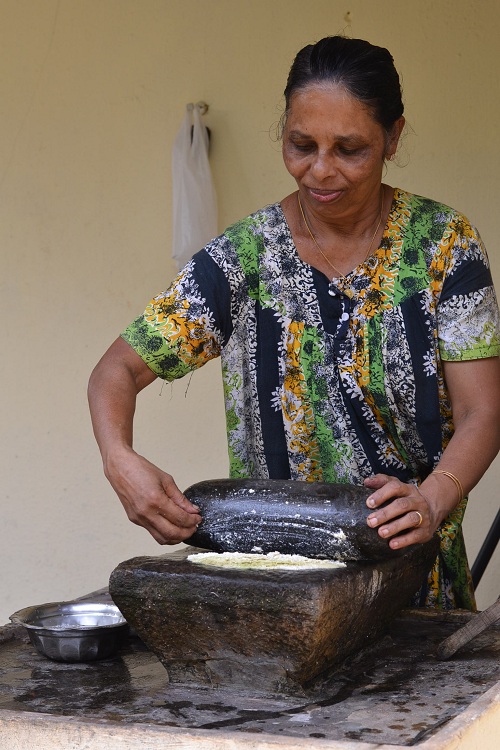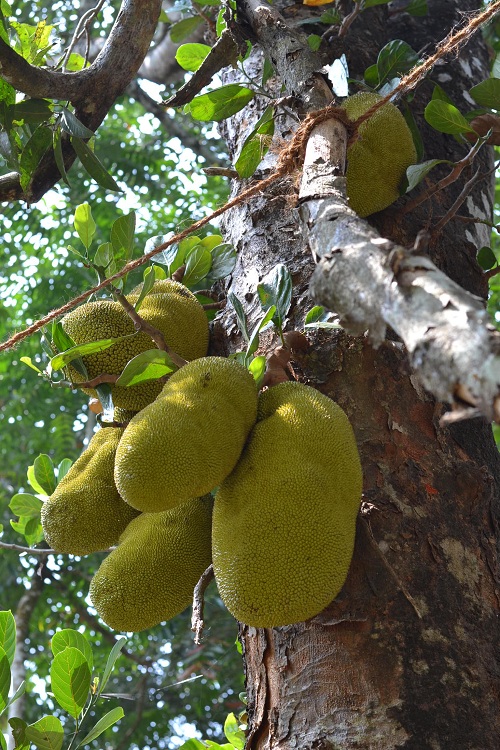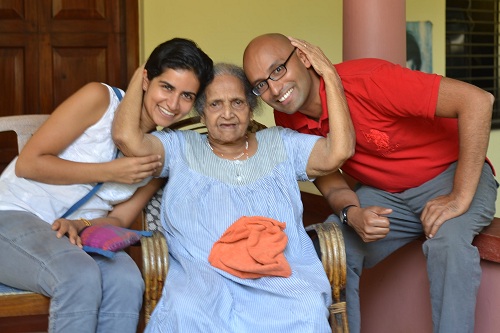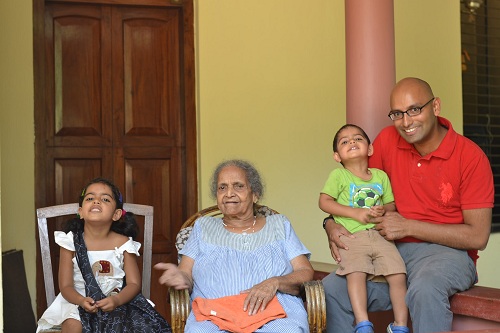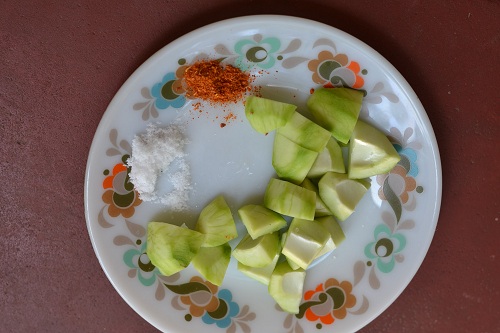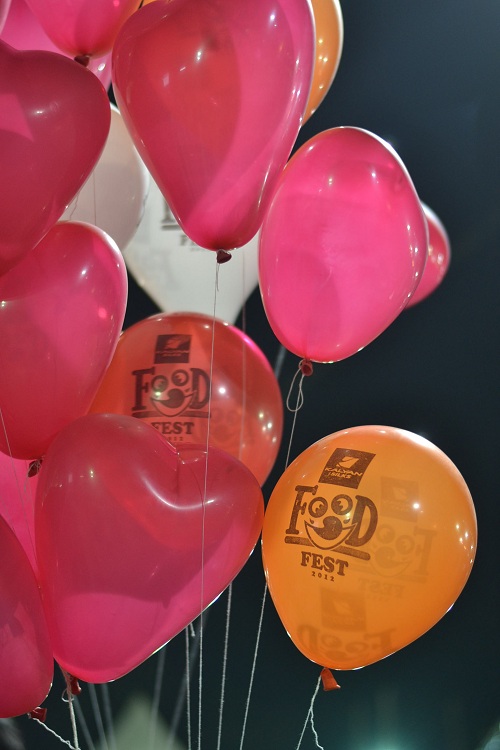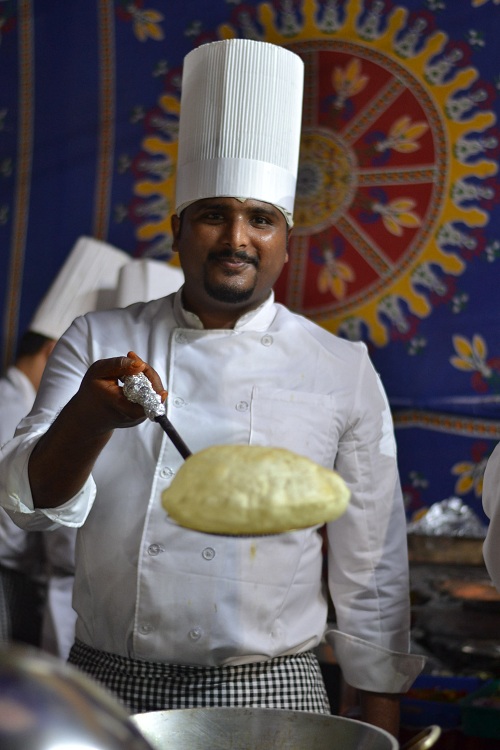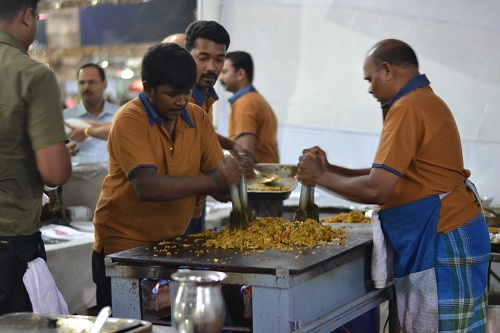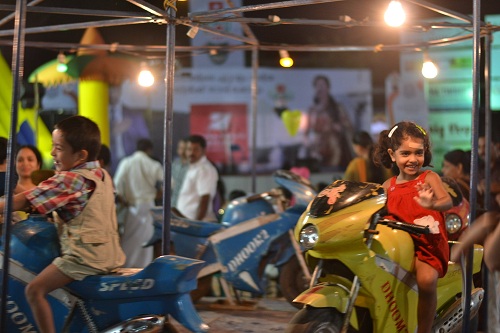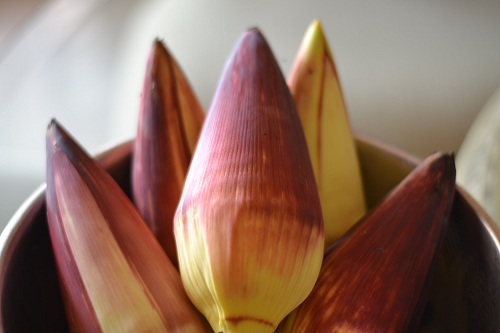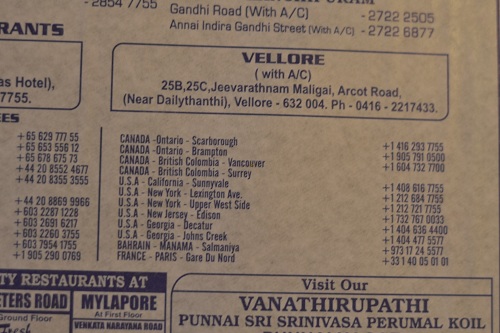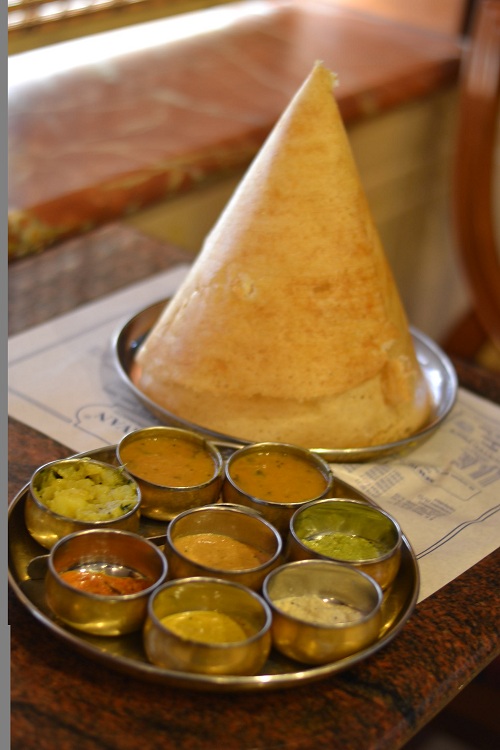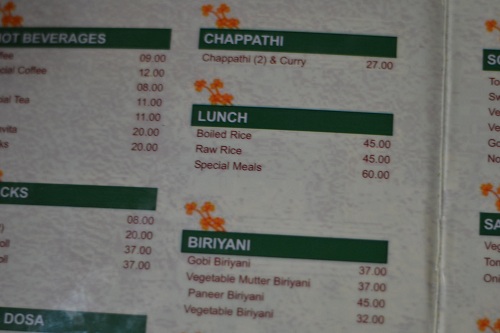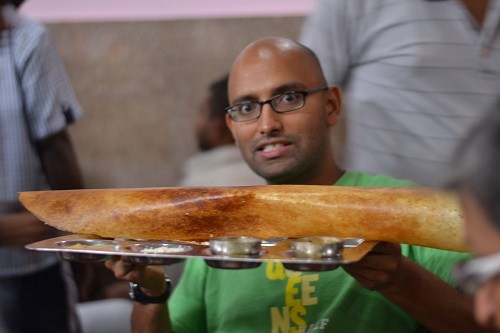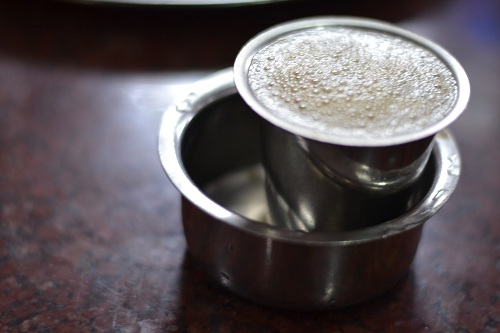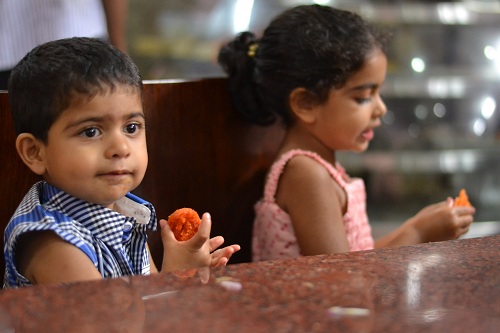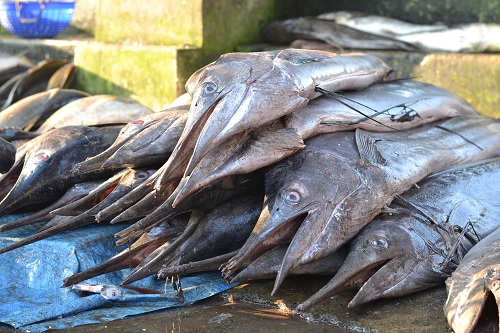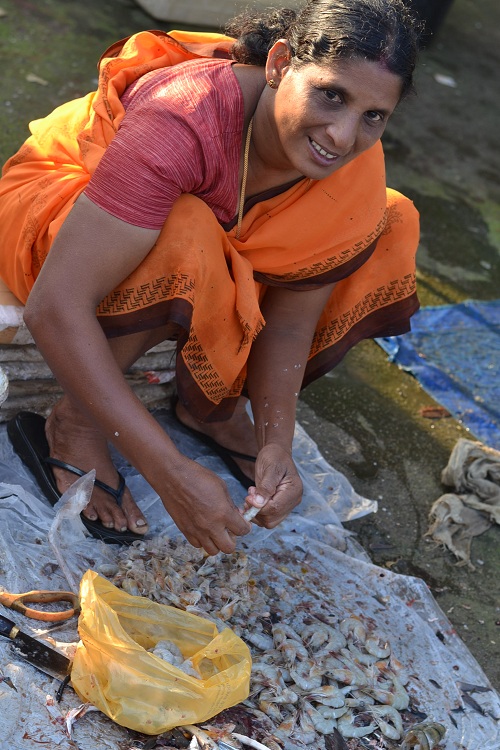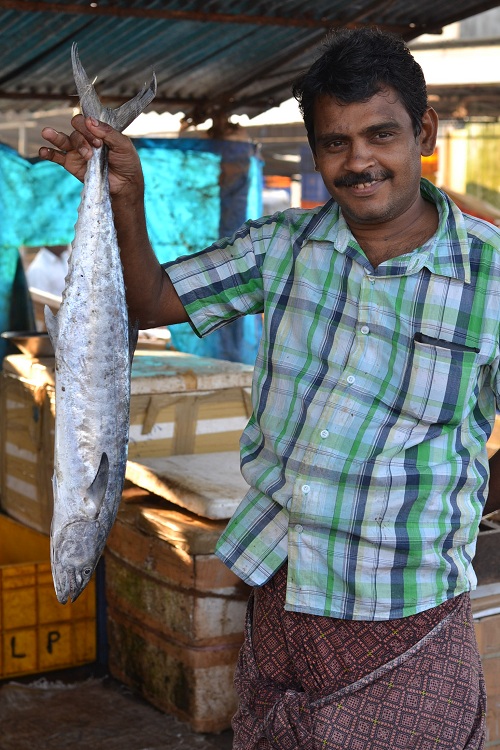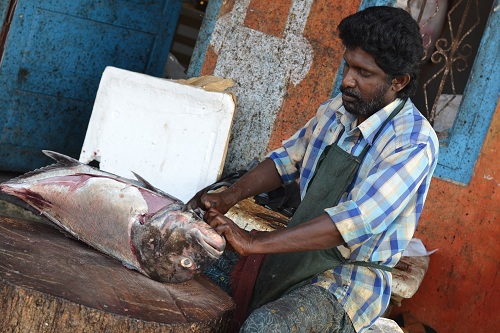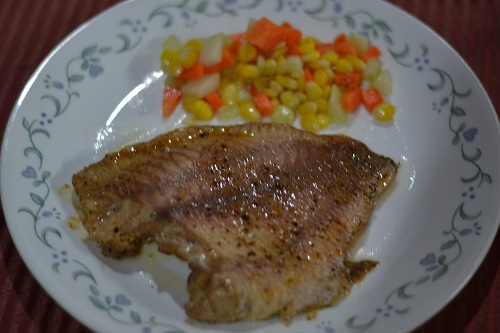All four of us are celebrating our birthdays during our around the world journey. In January I turned a year older in Kodaikanal, India where I went to boarding school. Kayan blew out his two candles in Goa in February. Sandeep is in the spotlight today, ringing in his 3X year in Istanbul.
I’ve already angered the smoke alarm by burning a dish in our Istanbul oven, so we decided against baking a cake here. Instead we went on a hunt for the perfect vehicle to hold Sandeep’s birthday candles. Our biggest problem was choice. Sure we could go with a conventional cake, but what fun would that be in a country full of amazing sweets?
We thought about topping a pile of Turkish delight with a candle.
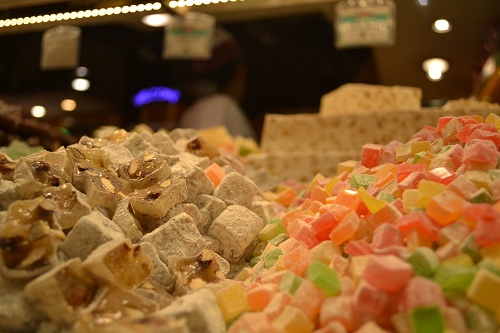
We considered going all out with this pistachio goodness of a show stopper.
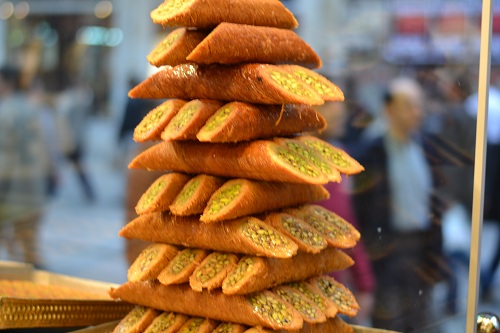
The kids advocated for a marzipan fruit bowl.
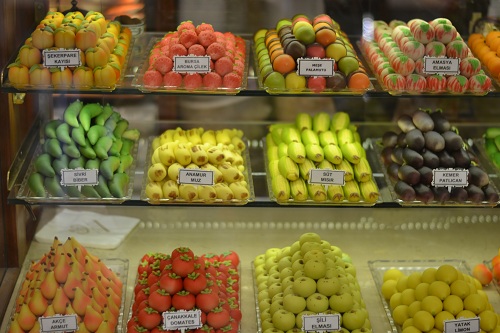
We tried all of the options, wanting to make sure our purchase tasted as good as it looked. After the tasting fest, we thought that perhaps we should preserve the caloric intake and just go with a Play Doh cake. Ava and Kayan demonstrated their best confectionery abilities.
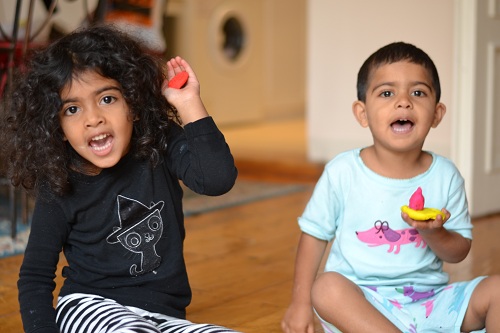
In the end, we decided to honor baklava. Surrounding countries stake claim to having invented the addictive dessert, but Turkey has the most evidence indicating that it was in fact developed by the Ottomans. Every other store in Istanbul proudly displays baklava of all shapes and colors in its windows. Our greedy eyes settled on a one kilo assortment of eight different types of gooey, honey dripping goodness from Mado, an dessert institution in the heart of Istanbul.
Next month we will celebrate Ava’s fourth birthday. We’re not yet sure where, but I’m already doubting the hunt for the perfect cake will be quite as exciting.
